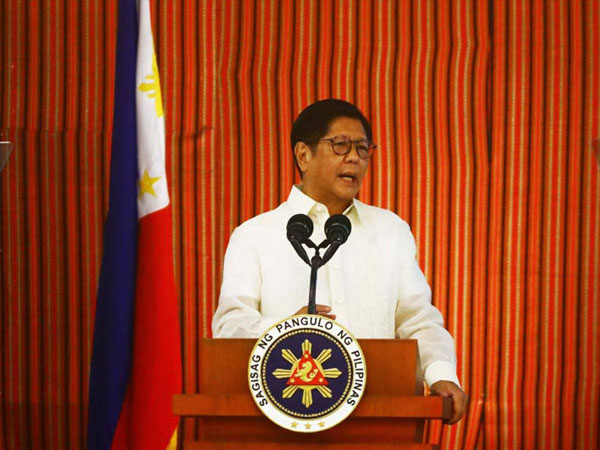 PRESIDENT Ferdinand Marcos Jr on Friday inaugurated a P61.7-million Rice Processing System (RPS) II Project in Pampanga aimed at boosting the province’s agricultural productivity and improving the livelihoods of over 36,000 rice farmers.
PRESIDENT Ferdinand Marcos Jr on Friday inaugurated a P61.7-million Rice Processing System (RPS) II Project in Pampanga aimed at boosting the province’s agricultural productivity and improving the livelihoods of over 36,000 rice farmers.
Marcos, accompanied by Agriculture Secretary Francisco Tiu Laurel Jr., toured the RPS II facility during the inauguration rites in Guagua, Pampanga.
The RPS II is expected to enhance the province’s rice processing efficiency and lower farmers’ production cost by at least P2 per kilo and losses by as much as five percent.
The project is implemented under the Rice Competitiveness and Enhancement Fund Mechanization Program by the Philippine Center for Postharvest Development and Mechanization (PhilMech).
The RPS II consists of a multistage rice mill that can process two to three tons of rice per hour. It features a pre-cleaner, de-stoner, huller, mist polisher, length grader, color sorter, blending tank, automatic packing machine for milled rice, rice hull bin, dust collection system, and an air-conditioned control room.
The system also comes with two recirculating dryers with a 12-ton per batch drying capacity each. It is made of stainless steel and equipped with two heating systems, a generator set, tools, and other accessories.
Aside from RPS II, Marcos also turned over five rice combine harvesters, valued at P8.9 million, to leaders of farmers’ cooperatives, associations, and the local government unit.
Beneficiaries include the municipalities of Mexico, Floridablanca, and Magalang in Pampanga.
In an interview, PhilMech’s Science Research Specialist II Roland Ruiz said the RPS II would significantly increase the province’s milling recovery rate up to 65 percent, compared to the usual national average of 56 to 58 percent.
Pampanga, one of the country’s top rice-producing provinces, has been selected as a qualified beneficiary of the project through its provincial local government.
The province, which primarily focuses on rice cultivation, is home to 36,060 farmers who are expected to directly benefit from the project. Together, they manage a total of 59,903 hectares of farmland.














© Copyright 2025 The SSResource Media.
All rights reserved.